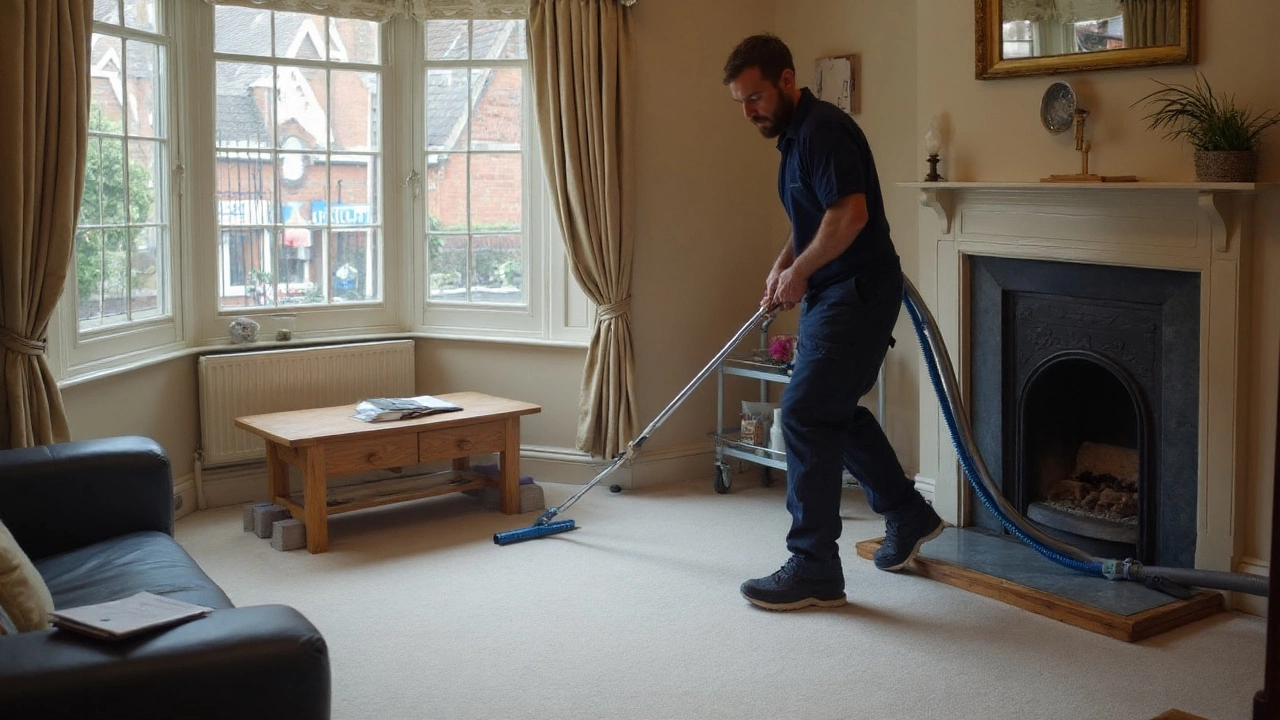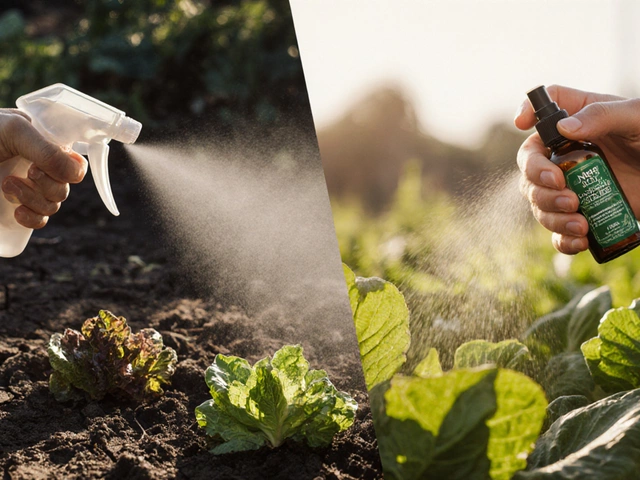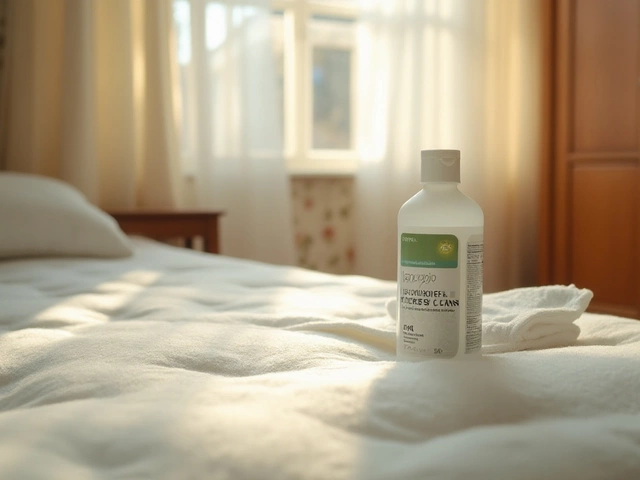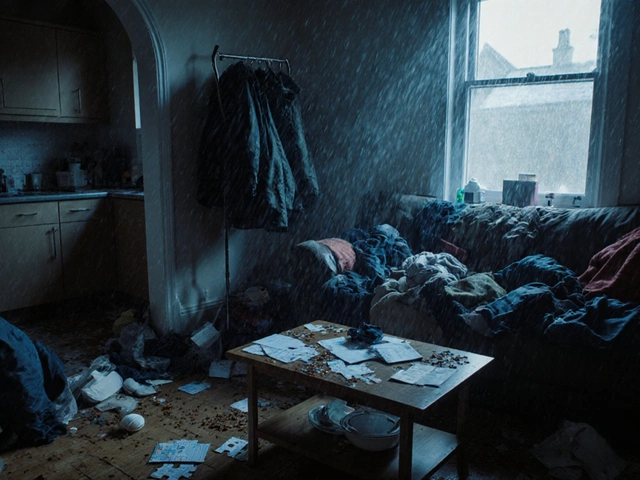The best carpet clean isn’t about soap or steam-it’s about removing more soil with less residue and getting the carpet dry fast. If you want results that look great for weeks (not just a day), you need a method matched to the fiber, the soil, and the room’s conditions. Expect a thorough dry vacuum, smart chemistry, true rinse extraction, and aggressive drying. That’s what separates a good job from a callback.
TL;DR: The Best Way to Professionally Clean Carpets
If you want the short answer, here it is.
- The gold-standard method for residential wall-to-wall is hot water extraction (HWE) with proper pre-vacuuming, targeted pre-spray, agitation, and an actual rinse-followed by rapid drying.
- Low-moisture encapsulation shines for maintenance cleans, commercial glue-down, and quick turnarounds (like offices), but it shouldn’t replace periodic rinse extraction.
- Match your chemistry to the fiber and the soil: near-neutral for wool and natural fibers; enzyme/solvent boosters for oily or protein soils; acid rinse to leave fibers soft.
- Dry time matters-aim for under 6 hours. Multiple dry passes, fans, dehumidification, and HVAC help prevent wicking and musty odors.
- Quality cues: certified techs (IICRC), CRI-approved equipment/solutions, thorough pre-vacuuming, and a written plan for stains and odors (especially pet urine).
The best way to do professional carpet cleaning marries method and moisture control: remove dry soil first, break down what’s left with the right pre-spray, rinse it out clean, and dry it fast.
The Pro-Grade Process: Step-by-Step You Can Expect
This is what a solid pro visit looks like, whether they run a truckmount or a high-performance portable. Skip steps and you risk crunchy residue, returning spots, or slow dry times.
- Inspection and testing (2-10 minutes): Identify fiber (nylon, polyester, olefin, wool), construction (cut pile, loop, Berber), problem areas, pet accidents, and prior residues. Do a quick colorfast test in an inconspicuous spot. Note seam peaking, delamination risk, and filtration lines along baseboards.
- Serious dry vacuuming (10-20 minutes): Remove as much dry soil as possible with a CRI Gold/Platinum-rated vacuum, preferably with a beater bar or a counter-rotating brush (CRB). Dry soil is abrasive; getting it out first reduces chemical load and improves results.
- Edge and detail work: Vacuum edges and under radiators, dislodge debris from corners, and address filtration lines with a dedicated solvent or alkaline gel plus agitation.
- Pre-spotting and specialty stains: Treat problem spots before broad pre-spray. Use oxidizers for organic stains (coffee, wine), reducers for dye transfer, enzyme digesters for urine/vomit, and solvent gels for tar/grease. On wool, keep pH gentle and temperature moderate.
- Pre-spray (targeted chemistry): Apply the right pre-conditioner for the fiber and soil. On synthetics with heavy traffic lanes, a higher-alkaline pre-spray with surfactants and builders cuts grease. On wool, use a wool-safe product (pH near neutral). For kitchens and near doorways, add a citrus or solvent booster if oily soils are present.
- Agitation (activate chemistry): Work the pre-spray into fibers with a CRB, oscillating pad, or a grooming brush. Agitation improves penetration and evens out results. Don’t oversoak-you’re wetting fibers, not the backing.
- Dwell time (5-10 minutes): Give the pre-spray time to break down soil. Keep it from drying out-reapply light mist if needed. Skipping dwell time costs cleaning power.
- Rinse extraction (the “wash” step): Perform hot water extraction at safe temps (typically 120-200°F at the wand), with a rinse agent that neutralizes pH and releases soils. The goal: flush soil and chemistry out, not push them deeper. Use controlled flow and pressure, especially on Berber and glued-down carpet.
- Dry passes (the “dry” step): Make extra vacuum-only strokes to pull out moisture. Two or more dry passes per wet pass can cut dry time dramatically. On thick pile, a glide and good vacuum lift matter.
- Speed-dry immediately: Set air movers to cross-ventilate rooms. Run HVAC fan (cool or dry mode), and a dehumidifier if humidity is high. Crack a window only if outdoor air is drier than indoors.
- Post-groom and protector (optional but smart): Groom pile to reduce wand marks and improve dry time. Apply carpet protector (fluorochemical) in high-use areas if the manufacturer allows it-it buys you easier spot removal and slower re-soiling.
- Final check: Towel test traffic lanes. Re-treat any wicking spots. Measure moisture if needed (aim for under ~12% surface moisture). Walk the area and set expectations for dry times and foot traffic.
Wool and natural fibers: Keep pH gentle (around 5-7), water temps moderate, and avoid aggressive agitation that can fuzz the pile. Use an acid rinse like acetic or citric to leave fibers soft. Never use chlorine bleach; it destroys wool.
Pet urine protocol: Locate with UV light or meters. If the pad is contaminated, topical cleaning won’t fully solve odor. Options: sub-surface extraction (water claw), oxidation treatments, or partial replacement of pad. Enzyme dwell time matters-don’t rush it.
Dry time targets: Most rooms should be dry to the touch in 2-6 hours. Thick pile or humid rooms may take longer; add more air movement and dehumidification. If a room is still damp the next day, call the cleaner-wicking or overwetting may be at play.
Why this order works: The IICRC S100 standard emphasizes dry soil removal first, then controlled wet cleaning with proper rinsing and quick drying. That sequence reduces residue, stops wicking, and protects the backing and subfloor.
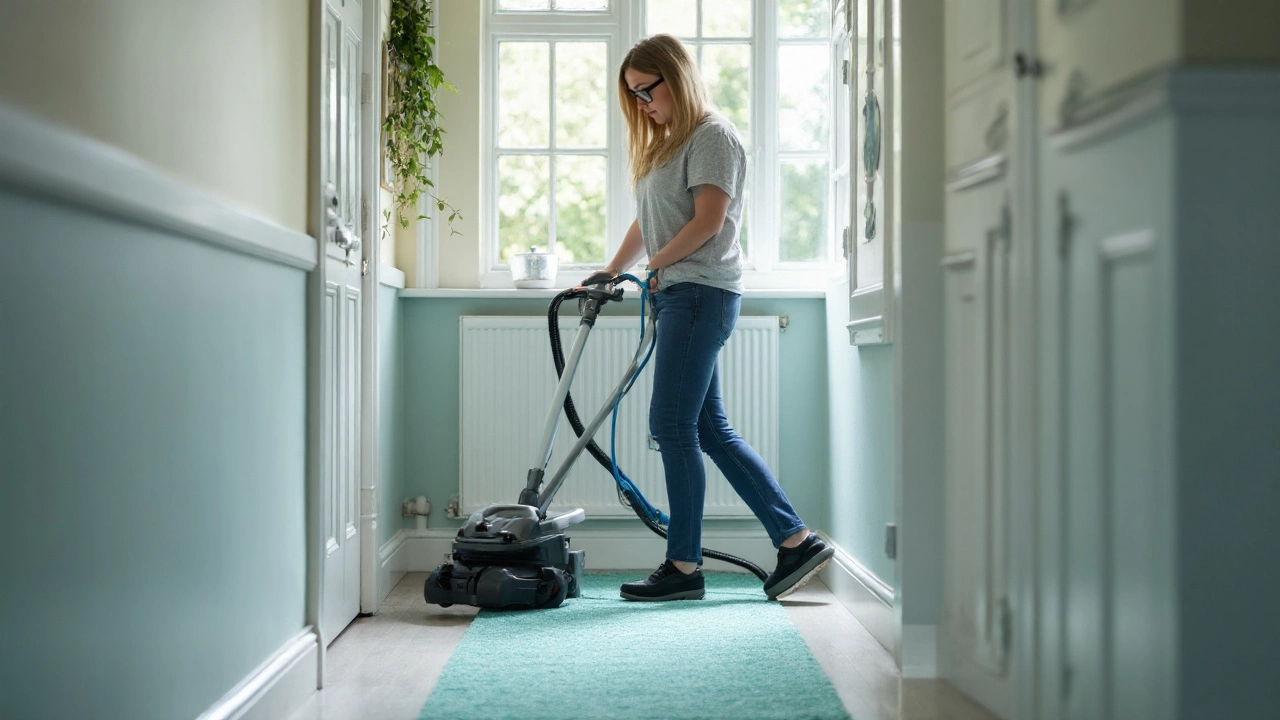
Methods, Trade-offs, and When to Use Each
“Best” is situational. Here’s how the common methods stack up, and when to choose one over another.
| Method | What it does | Best for | Dry time | Pros | Cons | Notes |
|---|---|---|---|---|---|---|
| Hot Water Extraction (HWE / “steam”) | Pre-spray, then rinse/flush soils out with hot water and vacuum | Residential wall-to-wall, heavy soils, allergens | 2-6 hrs (with good dry passes + fans) | Deepest soil removal; real rinse; great on traffic lanes | Slower dry if done poorly; needs access to water/power | Truckmount = more heat/vacuum; portable works in high-rises |
| Low-Moisture Encapsulation | Polymer pre-spray binds soil; dries to crystals; vacuum removes later | Commercial glue-down, maintenance cleans, quick turn | 30-90 min | Fast, low moisture, minimal disruption | Not a rinse; periodic HWE still needed | Great between deep cleans; reduces wick-back on CGD |
| Bonnet/Pad (oscillating or rotary) | Absorbent pads agitate and lift surface soil | Maintenance on commercial; small touch-ups | 1-2 hrs | Quick, brightens appearance | Risk of residue/over-agitation; can distort pile if misused | Use light, quality chemistry; switch/flip pads often |
| Dry Compound | Sponges/granules carry soil off fibers; vacuumed out | Moisture-sensitive areas; some wool/sisal | 30-60 min | Very low moisture; safe on some naturals | Residue risk if not vacuumed thoroughly | Ideal when drying is critical |
| Shampoo (old-school) | Foam detergent with agitation; sometimes no rinse | Rare; specialty restoration | 2-6 hrs | Good agitation on certain soils | Residue and re-soiling if not rinsed | Use sparingly; follow with rinse extraction |
Simple decision guide:
- High soil + residential cut pile: HWE with pre-vac, proper pre-spray, agitation, and acid rinse.
- Commercial glue-down with modest soil: Encapsulation maintenance every 4-8 weeks, HWE quarterly or semi-annually.
- Wool or natural fibers: Low-moisture chemistry, gentle temps, controlled HWE with wool-safe products and quick drying.
- Severe urine contamination: Source removal (sub-surface extraction) + odor oxidizers; consider pad replacement if saturation is deep.
- High-rise or limited access: High-performance portable HWE or low-moisture encap with periodic deep extraction.
Chemistry rules of thumb: Use near-neutral pH on wool, alkaline pre-sprays on greasy synthetics, enzyme boosters for proteins, and a true acid rinse to leave fibers soft and residue-free. Rinse beats re-soiling.
Drying rules of thumb: Make extra dry passes, set fans immediately, run HVAC fan, and keep doors open between rooms for airflow. In humid climates, a portable dehumidifier is your secret weapon.
Pitfalls to avoid: Overwetting (causes browning, wicking, and long dry times), too much detergent (crunchy residue that grabs soil), excessive heat on wool (felting, dye issues), and aggressive agitation on looped or Berber styles (snags, fuzzing). Beware filtration lines at baseboards-they need targeted chemistry, not more water.
Standards and credibility: The IICRC S100 standard outlines industry best practices for inspection, cleaning, and drying. The Carpet and Rug Institute (CRI) rates vacuums, solutions, and extractors under its Seal of Approval program. For health concerns, the U.S. EPA and allergy associations note that effective cleaning and fast drying help reduce exposure to common indoor allergens like dust mites and pet dander.
Choosing a provider (fast checklist):
- Are the techs IICRC-certified? What’s their plan for your fiber and stains?
- Do they include thorough pre-vacuuming, pre-conditioning, agitation, and a true rinse?
- What’s the expected dry time? Do they bring fans?
- Do they use CRI-approved equipment/chemistry? Are MSDS/SDS available for products?
- What’s covered in the price (furniture moving, protector, spot treatments)? Any re-clean guarantee?
Checklists, FAQs, and Fixes
Homeowner prep checklist (15 minutes that pays off):
- Pick up small items, toys, floor lamps, and cords.
- Vacuum loose debris if you can-pros will still pre-vac, but this speeds them up.
- Clear parking or elevator access; note where they can hook up water/power.
- Point out stains, pet zones, and warranty concerns during the walkthrough.
- Set thermostat fan to ON for better airflow during and after cleaning.
Technician process checklist (what good techs actually do):
- Identify fiber and construction; test for colorfastness.
- Thorough CRI-level pre-vacuuming, especially edges and traffic lanes.
- Pre-spot specialty stains; choose chemistry by soil type and fiber.
- Pre-spray, agitate, allow dwell time, then rinse extract with an acid rinse.
- Make extra dry passes and set fans; groom pile; final walk-through.
Aftercare checklist (keep it clean longer):
- Limit foot traffic for 6 hours; wear clean socks if you must walk on it.
- Place foil or plastic tabs under furniture legs until fully dry to prevent stains.
- Run HVAC fan or dehumidifier for the rest of the day.
- Vacuum after 24-48 hours to pick up any loosened soil or polymer crystals (if encap was used).
- Spot spills quickly: blot, don’t scrub; use a mild spotter and cool water first.
Mini-FAQ
How often should I clean? High-traffic homes with pets or kids: every 6-12 months. Low traffic: 12-18 months. Commercial glue-down often needs monthly maintenance encap plus periodic HWE.
Will carpets get dirty faster after cleaning? Not if they’re rinsed well. Rapid re-soiling is usually detergent residue. A proper acid rinse and thorough extraction prevent this.
Is it safe for kids and pets? Yes, with pro-grade solutions used correctly and fast drying. Ask for SDS sheets and choose wool-safe or Green Seal/CRI-approved products if sensitive.
What about wool? Keep chemistry near neutral, water temps moderate, and agitation gentle. Dry quickly to avoid musty odors and cellulosic browning at the backing.
Can I rent a machine and get the same result? You can do maintenance cleaning with a quality rental, but it’s hard to match a pro’s vacuum lift, heat, chemistry, and speed-drying. DIY also risks overwetting.
Why do stains come back? That’s wicking-stain in the backing rises during drying. Fix by re-cleaning the spot, using less water, pulling moisture with a weighted tool or towels, and speed-drying.
Do I need protector? In busy areas, yes. It helps liquids bead and makes vacuuming more effective. Reapply after each deep clean on traffic lanes and stairs.
Should the cleaner move furniture? Often they’ll move light items and clean under them; heavy pieces may be cleaned around. Clarify this before they start.
What dry time is acceptable? Under 6 hours for most rooms. If it takes all day, ask what went wrong: not enough dry passes, too much water, or poor airflow.
Troubleshooting and real-world fixes
- Pet urine odor lingers: The pad may be contaminated. Request sub-surface extraction (water claw) and an oxidizing deodorizer. Severe cases need pad replacement.
- Brown/yellow discoloration after drying: Likely wicking or cellulosic browning. Treat with a tannin/browning reducer and re-rinse lightly. Improve drying.
- Crunchy feel after cleaning: Residue. Do a light acid rinse extraction with extra dry passes. Encapsulation maintenance can also reduce stickiness.
- Looped/berber snags: Avoid aggressive brush agitation. If a loop pulls, don’t yank; trim flush and secure if needed.
- High-rise with no truckmount access: Use a high-lift portable extractor, heat inline, and more fans. Or do encap maintenance with scheduled HWE.
- Traffic lanes still gray: They may be abraded fiber, not just soil. Cleaning helps, but protector and entry mats will matter more going forward.
Pro tips that save headaches
- Do the white towel test one week later on a traffic lane. If the towel stays mostly clean, the rinse was effective.
- Place walk-off mats at entries (at least 10-12 steps of coverage). Most soil comes from outside shoes.
- Vacuum weekly with a beater-bar vacuum; more often where you see track marks.
- Blot spills immediately. Hot water can set some dyes; start cool, then step up chemistry if needed.
- If you’re scent-sensitive, request fragrance-free solutions and an extra freshwater rinse.
You don’t need fancy tricks-just a methodical process and fast drying. Whether you hire it out or you’re evaluating a cleaner’s plan, use this playbook. If they do the inspection, dry soil removal, matched chemistry, real rinse, and rapid drying, you’ll get the kind of clean that actually lasts.
